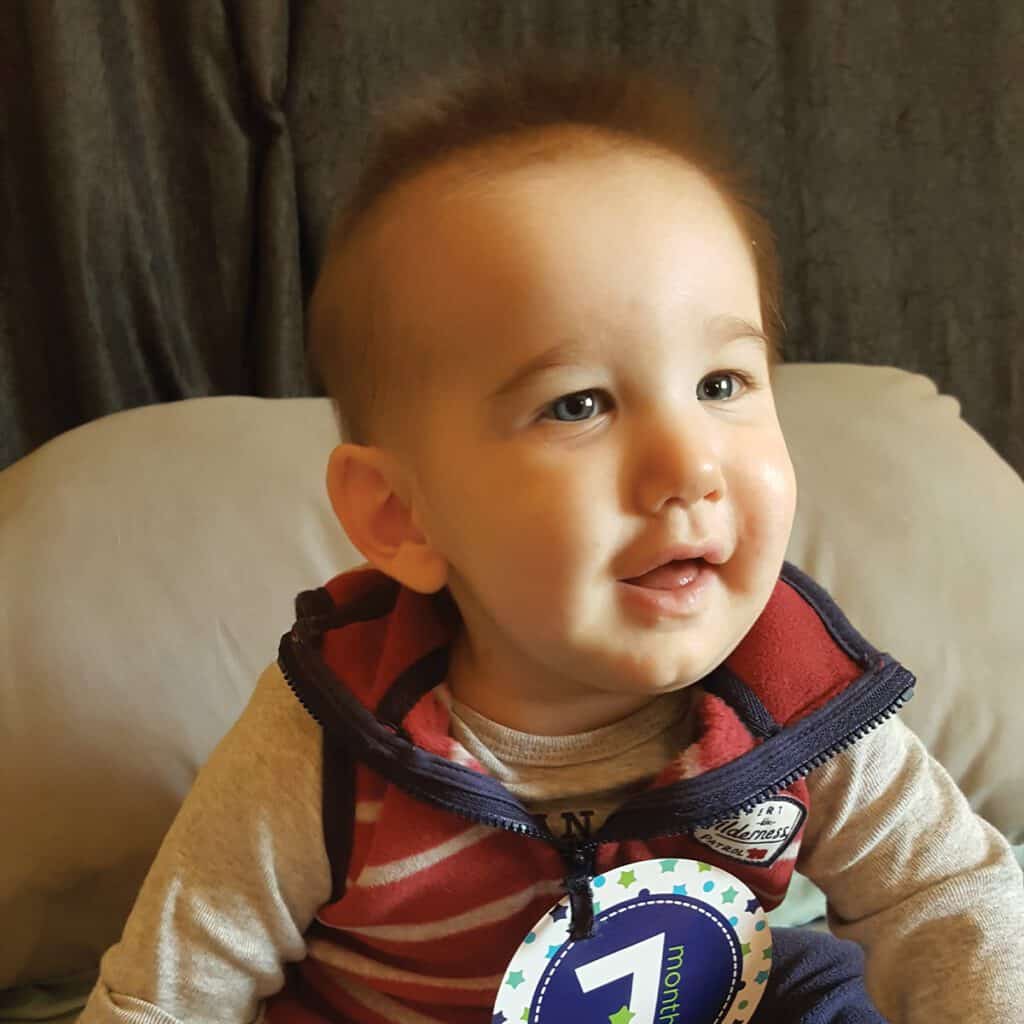Real Stories of Heart Disease Survivors & Their Recovery
Ruth Bresson’s Story
During the fall of 2013, I experienced two episodes of an intense burning sensation in my chest. Both episodes occurred at night, causing me to wake me from a deep sleep and lie awake for more than an hour.
After the second incident, my husband insisted I make an appointment with my doctor. There I was referred to a cardiologist, who lost no time in scheduling me for an echocardiography and a heart monitor. When I arrived home from these procedures, my phone rang. I was told I needed to return to the hospital right away. They had discovered a dangerous mass on my aortic valve.
The mass was swinging on the thinnest of threads between my aortic valve and my lungs, which explained why I often felt winded and experienced pain when lying down. To treat it, I would need to have open heart surgery in less than 48 hours.
Two days later, I had the surgery and it was a great success.


My surgeon snipped the worrisome mass at the perfect second, skimming the very important aortic valve. Today, as I near the second anniversary of the surgery, I am humbled by the enormous privilege of meeting heart survivors like myself through the American Heart Association.
Kim Braddock’s Story
In August of 2010, I was found to have an irregular heartbeat. I had been restless and lightheaded and had a high resting heart rate. At first I wrote it off to stress from work, but I soon saw my doctor who recommended I see a cardiologist. My cardiologist told me my heartbeat was abnormal and I was diagnosed with an atrial flutter, meaning my heart had grown a second circuit in the atrial muscles.
Soon after I went in for a cardioversion – a procedure to shock the heart back into a normal rhythm. When I woke up, I was told I had an enlarged heart and my chances for survival did not look good. I was referred to a second cardiologist, who confirmed the original diagnosis and determined I needed a procedure called an ablation to correct the second circuit. I also needed to be implanted with a defibrillator/pacemaker to prevent the irregular heartbeats in the future.
I underwent both procedures and today I feel great!



When I was first diagnosed with the atrial flutter, my heart had an injection fraction (the efficiency of the heart pumping blood) of 28%, whereas the injection fraction for a normal heart is 55%. At my last checkup a few months ago, my injection fraction was 60% – even better than most. I still have the defibrillator/pacemaker, and will always have it for the rest of my life, but I will now have a life to live.
Kimberly O’Neill’s Story
In June of 2014 I experienced a rapid and irregular heartbeat. When my heart rate wouldn’t drop lower than 275, my mom rushed me to the ER. There, an electrocardiogram revealed an abnormal “delta wave” in my heartbeat, and I was referred to a cardiac electrophysiologist.
When the cardiac electrophysiologist saw my EKG, he diagnosed me with Wolff-Parkinson-White syndrome – a very rare heart rhythm disorder. I was told I needed a cardiac ablation as soon as possible to destroy an extra electrical conduction pathway in my heart.
My first ablation was unsuccessful as the heart mapping did not reveal the extra pathway in either the top or bottom chamber of my heart, where it appears in most cases like mine. Instead, it appeared on my AV node, which is the heart’s natural pacemaker. My cardiologist suspected this pathway was responsible for my problems, but ablating it could result in my depending on a pacemaker for the rest of my life.



I underwent my second ablation in January of 2015 after experiencing more episodes of a rapid heart rate. My doctor was surprised to find another pathway along the outside of my heart wall, which he had never seen. He destructed the pathway in the ablation and my EKG no longer showed the delta wave. I feel thankful I did not end up needing a pacemaker and my heartbeat is now normal.
John Brellenthin’s Story,
as told by his father, Joseph Brellenthin
Two weeks before our son John’s expected due date, my wife’s water broke and we went in for a C-section. During the procedure, our OB detected a slow response and low oxygen. John was admitted to the NICU for close examination. While he was otherwise healthy, he appeared to have fluid in his lungs (a common side effect of his C-section delivery) and a possible heart murmur.
After a day in the NICU to remove the fluid in his lungs, the staff was able to detect a much more substantial murmur. We were told John had Tetralogy of Fallot – a cluster of four heart defects resulting from an enlarged murmur between the chambers of his heart – and were referred to a pediatric heart surgeon.
When John reached four months old, he underwent a valve-saving tetralogy repair, during which his heart was stopped, he was put on a bypass machine, and the murmur was patched. He was left with a four-inch incision scar down the center of his chest and four puncture holes across his abdomen.



After seven days of recovery, we were able to bring John home. He did great, and we were able to manage his changes in eating, sleeping, and behavior with success. In fact, three weeks from the date of the procedure, he was acting just as he did before surgery!

